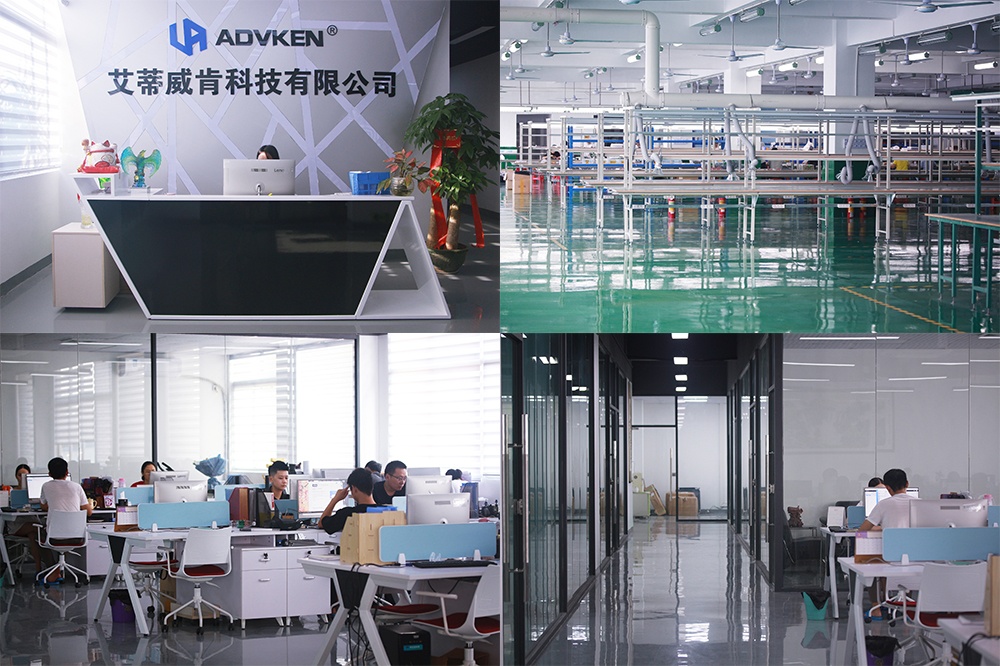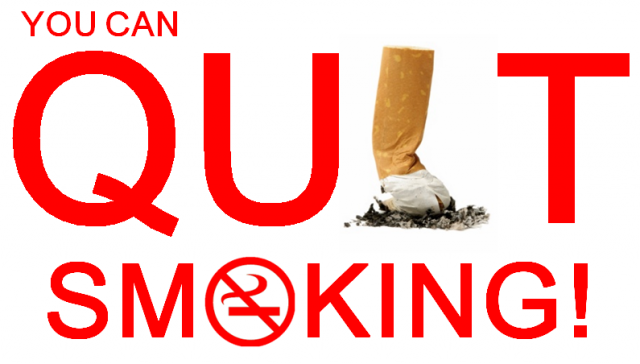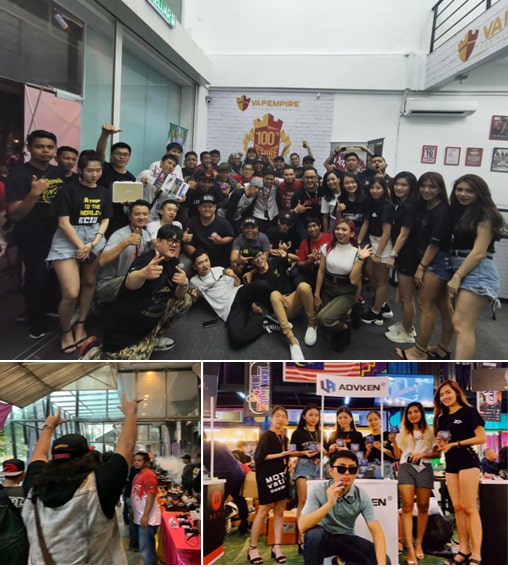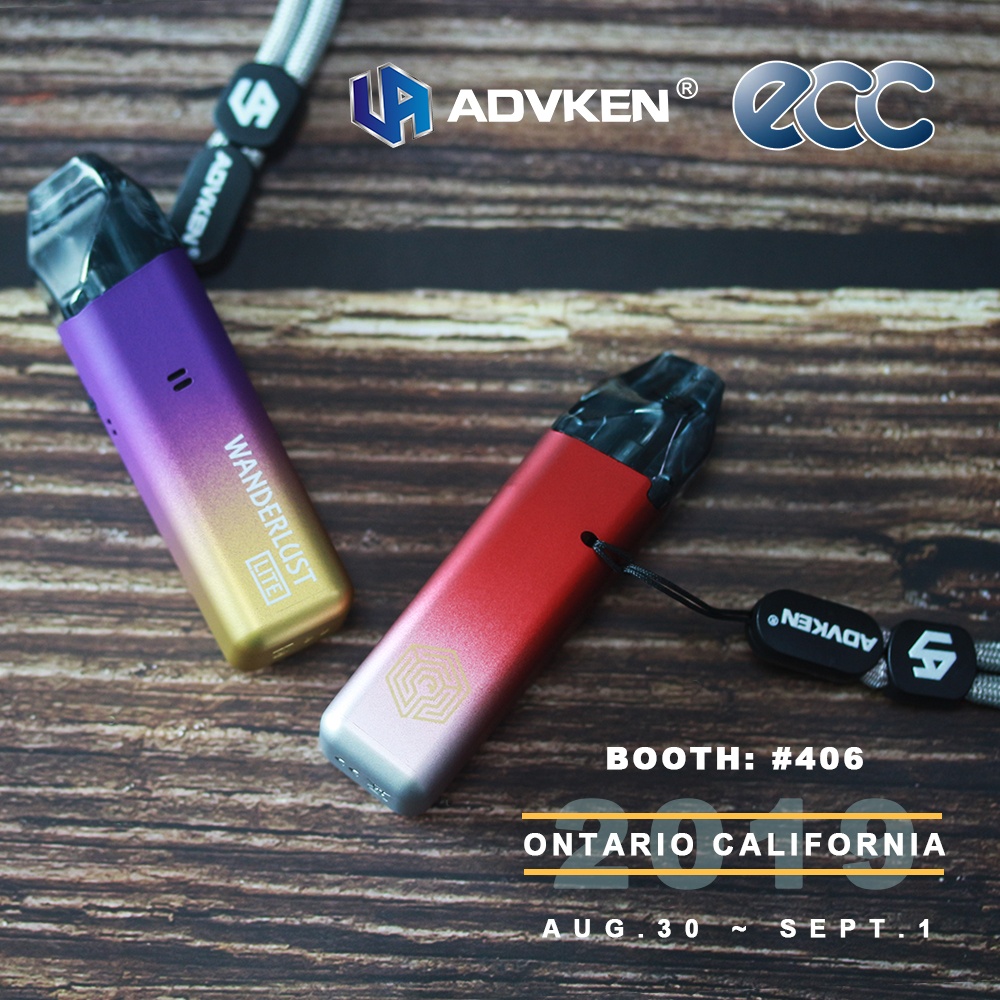Talking about the e-cigarette market in 2021
How big is the market for e-cigarettes as a new type of alternative cigarette products? According to incomplete statistics, the bulk of the e-cigarette market is basically the following countries:
United States, United Kingdom, France, Germany, Russia, China and Czech Republic
Today we will talk about the US market, which accounts for the largest share of our e-cigarette market.
The United States: the world’s largest consumer market for atomized electronic cigarettes
According to statistics from Euromonitor International, affected by the epidemic, the sales volume of vaporized e-cigarettes in the United States in 2020 was 9.384 billion U.S. dollars, a year-on-year decrease of 2.8%. HNB (full name Heat Not Burning vape Products (devices). It works: will smoke The cartridge is inserted into a low-temperature flue-curing device and baked by a heating plate at 300°C to obtain the same real vape aroma and taste as real cigarettes. Since the taste of heat-not-burn electronic cigarettes is closer to real cigarettes, the acceptance is higher.)
Sales scale For 22 million U.S. dollars. 2020 is the second year of HNB’s listing in the United States. IQOS is the first set of heat-not-burn vape products that have passed the FDA PMTA listing application in the history of the United States. It is currently sold in three regions in the United States. The main products sold include three flavors of HEETS cigarettes. Bomb and IQOS design Prepared. The vaping e-cigarette is widely used among young people in the United States because of its low price and younger usage scenarios.
On July 7, 2020, the FDA approved IQOS’s MRTP (modified risk vape product) application. The products involved include vape rods & chargers and 3 flavors
Smoke bombs. This means that IQOS can then promote the following products when selling in the United States, including “significant reduction of harmful or potentially harmful chemical substances “The production of “and the complete conversion from traditional cigarettes to the IQOS system can greatly reduce the chance of human exposure to harmful or potentially harmful chemical substances.”
We believe that this incident marked the turning point of the transformation from traditional vape to new vape, and the harm reduction characteristics of new vape are further recognized by regulatory agencies and the market.
S. New Type vape Policy:( The overall management is stricter, and the industry entry barriers will increase)
2008-2010: In 2008, the FDA prohibited manufacturers from importing and selling electronic cigarette products. As of 2009, the US government issued the “Family Smoking Prevention vape Control Act”, which granted the FDA the right to supervise vape products for the first time. The scope of supervision is limited to the control of cigarettes, cigarette vape, and smokeless vape.
2016: The U.S. Food and Drug Administration officially classified e-cigarettes as vape products for management.
2017: FDA published the first edition of PMTA Guidelines (Pre-market Review of vape Products) for the first time. It also requires all e-cigarette brands and manufacturers to submit new product listing applications before August 2022 for new products listed after February 15, 2007. During this period, such products can still be sold on the market.
2018: The FDA further announced a series of enforcement actions against the sale and marketing of e-cigarettes to minors. The FDA requires e-cigarette manufacturers to provide a plan to reduce sales to teenagers within 60 days. At the same time, it is mentioned that the policy of extending the PMTA of e-cigarettes to August 8, 2022 in the “Comprehensive Plan for vape and Nicotine Regulation” in July 2017 will be reviewed.
March 14, 2019: FDA issued a statement formally announcing that it will propose to revise the current ENDS (e-cigarette compliance policy (July 2017 policy)). The revised draft is especially aimed at flavored e-cigarettes, and specifically states that the PMTA time for e-cigarettes will be advanced to August 2021
On July 12, 2019, the court made a final ruling, requiring the FDA to set a 10-month deadline to implement PMTA, that is, to advance the PMTA application deadline for new vape products to May 2020.
On January 2, 2020, the FDA issued a regulatory plan for flavored e-cigarettes, requiring the United States to reduce flavored (except vape and menthol) closed small cigarette products, and open big eyes are not within the scope of supervision.
So after we looked the policy, we can conclusived :
① New types of vapes need to be reviewed before they can be marketed.
E-cigarette products issued after August 2016 must pass only PMTA (Premarket Tabacco Product Application) certification can be listed. The FDA also stipulates that when submitting an application report, companies must also submit proof of the ratio of new vape product nvestigation on harm reduction of traditional vape.
②High application fees and too much materials application and the mess procedure of applying increase the cost of new vape product companies. we can look though 3 aspect as the money , time and application material below:
A, In terms of categories:
the cost of applying for a devices PMTA is 2 million yuan/SKU, while the cost of applying for an e-liquid PMTA is 20 million yuan/SKU; overall, we expects that the application fee may exceed 20 million US dollars, The current application fee in Germany has exceeded 100 million yuan, and VOOPOO has exceeded 10 million US dollars; in addition, the application standards are vague, which makes the application materials more time-consuming and labor-intensive. As the FDA has released less relevant information on the safety approval standards, this has led to the need for e-cigarette suppliers to prepare as much application materials as possible.
B, In terms of time, for some famous vape manufacture or company , like :
Smolar has been preparing PMTA as early as 2016;
BOD has been preparing data for the application since December 2016,;
VOOPOO has been preparing the application since 2017;
And Heyuan Group have bee took more than a year of hard work before entering the substantive review stage;
C, in terms of quantity, each company finally prepared tens of thousands of pages of application materials, of which Suorin’s materials exceeded 50,000 pages, Heyuan Group had more than 100,000 pages, and Bode had several pages. With 100,000 pages, the materials of American JUUL reached 125,000 pages.
So for a whole , if u want to apply the PMTA , if u don’t have so much time or money or the relationships , it is hard to got it .American vaping e-cigarette brands have accelerated their concentration in the past year
And rencelt years Many big vape companies are entering the market through acquisitions or equity participation, and the concentration is rapidly increasing. For example: Altria acquired a 35% stake in JUUL in 2018 to increase its investment in the vaping e-cigarette track. However, since the United States successively issued regulatory news against JUUL in the second half of 2019, JUUL’s market share in the U.S. convenience store channel The rate has fallen from about 75% at the peak of early 2019 to 51% at the end of March 2021, and the market share of British American Tobacco’s e-cigarette brands has increased to 30%. Under the background of stricter supervision, the pressure on small and medium brands to survive has intensified, and the US market has become atomized.
The concentration of cigarette brands has increased significantly compared with 2015, and the concentration of omni-channel CR5 has increased from 38.9% in 2015 to 77.3% in 2020.
So all of this directly led to the accelerated concentration of vape brands in the U.S. electronics market in the past year.












